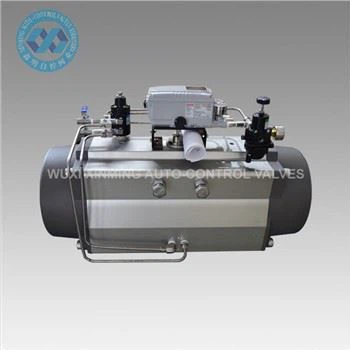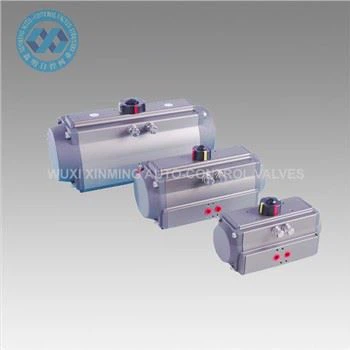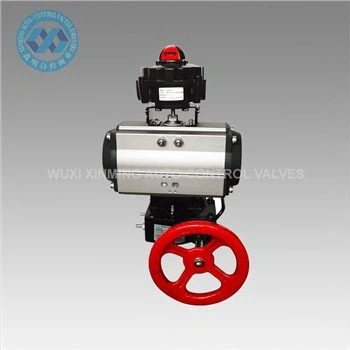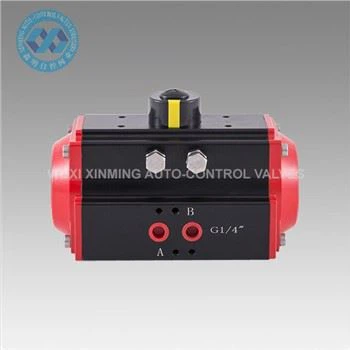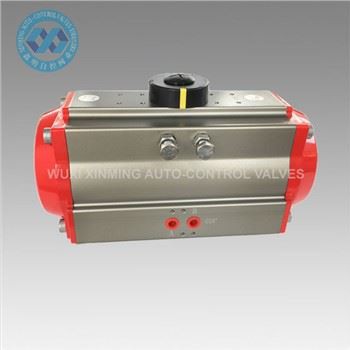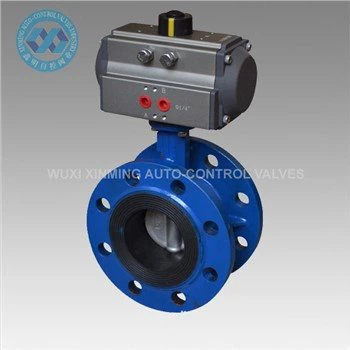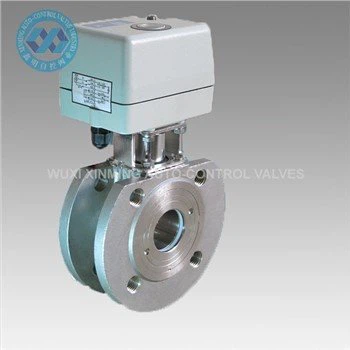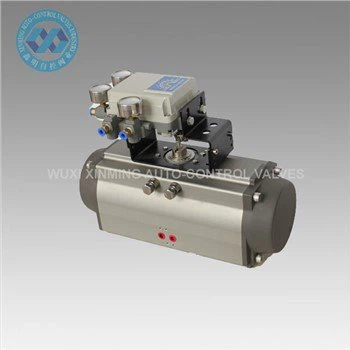Abstract
A 180-degree pneumatic rotary actuator is a critical component in industrial automation and process control systems, offering precise angular motion driven by compressed air. This article explores the design principles, operational mechanisms, key advantages, and industrial applications of 180-degree pneumatic rotary actuators, emphasizing their role in enhancing efficiency and reliability in dynamic environments.
Introduction
Pneumatic rotary actuators convert compressed air energy into rotational motion, enabling precise angular positioning in machinery. Among these, 180-degree pneumatic rotary actuators are specifically engineered to deliver a half-rotation (180°), making them ideal for applications requiring repetitive back-and-forth motion. Their simplicity, durability, and rapid response make them a preferred choice in industries ranging from manufacturing to robotics.
Operating Principle
A 180-degree pneumatic rotary actuator operates using compressed air to generate torque, which drives a shaft or spindle through a defined angular displacement. The actuator’s core components include:
- Pneumatic Chamber: Houses pistons, vanes, or gears that translate linear air pressure into rotational force.
- Rotary Mechanism: Common designs include rack-and-pinion, vane-type, or piston-crank systems, each offering distinct torque and speed characteristics.
- Positioning Control: Achieved via directional control valves (e.g., 5/2-way or 3/2-way valves) that regulate airflow to alternate pressure chambers, ensuring precise 180° rotation.
For example, in a rack-and-pinion actuator, compressed air drives a piston connected to a linear rack, which meshes with a pinion gear to convert linear motion into 180° rotation. Adjustable mechanical stops or magnetic sensors are often integrated to ensure accurate angular limits.
Key Advantages
- High Speed and Responsiveness: Pneumatic systems excel in rapid cycling, achieving 180° rotations in milliseconds.
- Durability: Robust construction (e.g., aluminum or stainless steel bodies) ensures performance in harsh environments with dust, moisture, or temperature extremes.
- Safety: Non-sparking operation makes them suitable for explosive atmospheres (ATEX compliance).
- Low Maintenance: Minimal moving parts reduce wear and operational downtime.
- Cost-Effectiveness: Lower initial and operational costs compared to electric or hydraulic alternatives.
Industrial Applications
-
Material Handling:
- Part Transfer: Rotating grippers or arms in pick-and-place systems for assembly lines.
- Sorting Gates: Diverting items on conveyor systems with 180° flipper mechanisms.
-
Valve Automation:
- Ball Valves: Quarter-turn operation for process control in chemical, oil, and gas industries.
-
Packaging Machinery:
- Capping/Sealing: Rotating heads to tighten or loosen containers.
-
Robotics:
- End Effectors: Enabling tool rotation in collaborative robots (cobots).
-
Automotive Manufacturing:
- Welding Arms: Positioning components during spot welding processes.
Design Considerations
- Torque Requirements: Select actuators based on dynamic/static torque needs, factoring in load inertia and acceleration.
- Angular Accuracy: Use actuators with adjustable end stops or feedback sensors (e.g., Hall-effect) for high-precision tasks.
- Environmental Factors: Choose corrosion-resistant materials (e.g., anodized aluminum) for humid or chemically aggressive settings.
- Mounting Options: Dual or flange-mounted designs for integration with existing machinery.
- Air Supply: Ensure consistent air quality (filtered, lubricated) to prevent contamination.
Future Trends
Advancements in smart pneumatics, such as IoT-enabled actuators with embedded sensors for predictive maintenance, are transforming the industry. Additionally, hybrid designs combining pneumatic speed with electric precision are gaining traction for complex automation tasks.
Conclusion
The 180-degree pneumatic rotary actuator remains a cornerstone of industrial automation, balancing speed, reliability, and cost efficiency. As industries demand higher productivity and adaptability, ongoing innovations in materials, control systems, and connectivity will further solidify their role in modern manufacturing and beyond.
If you want to learn more about low-priced products, please visit the following website: www.xm-valveactuator.com


